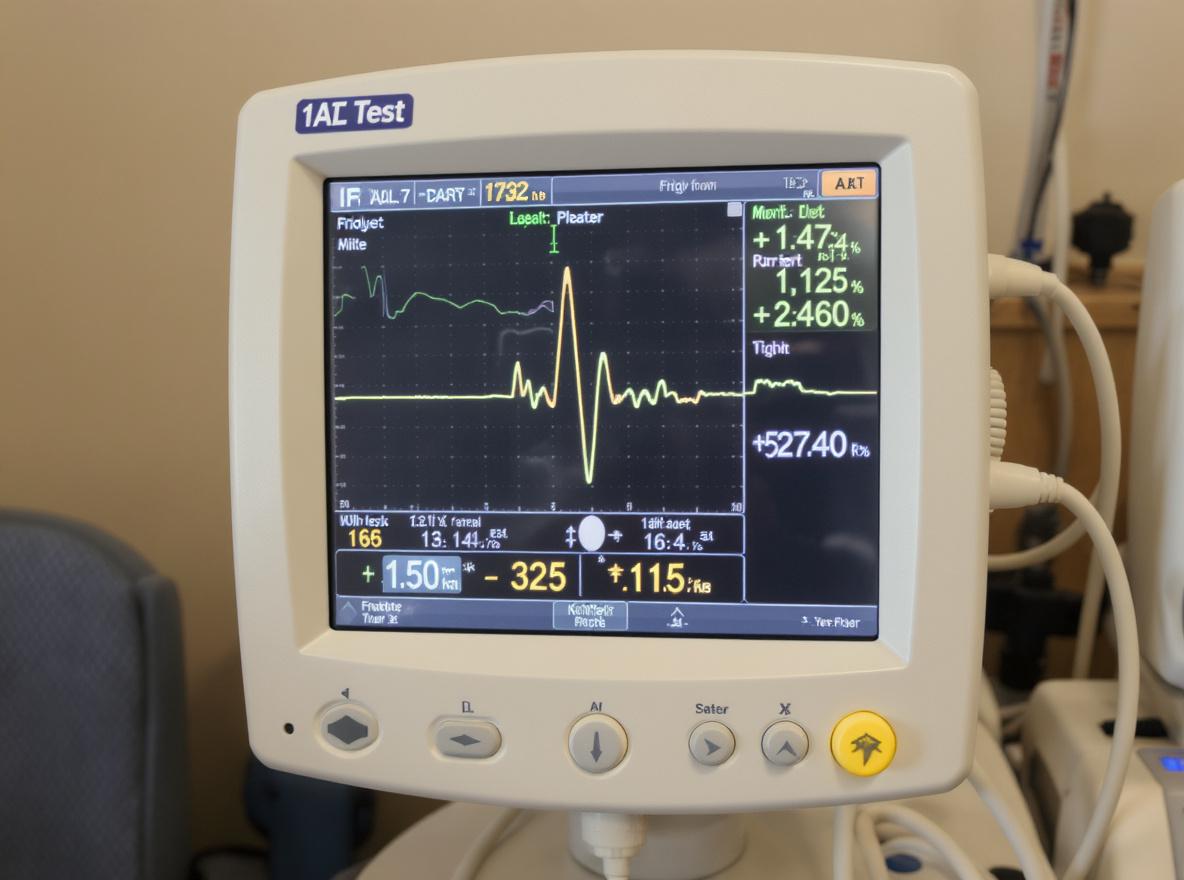Understanding what happens during an echocardiogram procedure can alleviate anxiety for anyone facing this diagnostic test. This common heart test helps physicians assess your heart health and plan effective treatments. Let's dive into what you can expect from an echocardiogram, how to prepare, and the benefits it offers.

What is an Echocardiogram?
An echocardiogram is a non-invasive test using ultrasound waves to create images of the heart. This procedure, often referred to as an "echo," helps doctors visualize heart structures and monitor blood flow. There are different types of echocardiograms, including transthoracic, transesophageal, stress echo, and Doppler echocardiograms. Each type serves specific diagnostic purposes, such as evaluating heart valve function, detecting heart defects, and assessing the overall performance of the heart muscle.
To learn more about the different types of echocardiograms, the Cleveland Clinic provides a comprehensive overview: Echocardiogram: Types & What To Expect.
Preparing for Your Echocardiogram
Preparation for an echocardiogram is relatively simple. Most patients do not need to make significant dietary or medication changes. However, the preparation may vary slightly depending on the type of echocardiogram being performed:
- Transthoracic Echocardiogram (TTE): No special preparation is needed.
- Transesophageal Echocardiogram (TEE): You will be asked to fast for a few hours before the procedure.
- Stress Echocardiogram: Wear comfortable clothing and avoid eating a heavy meal before the test.
For specific instructions, the Mayo Clinic offers detailed guidelines on what patients should do ahead of time.
What Happens During the Procedure?
The echocardiogram procedure is generally straightforward and painless. Here is a step-by-step guide to what you can expect:
1. Check-In: Upon arrival, you will check in and be directed to the procedure area.
2. Preparation: You'll remove any clothing or jewelry that may interfere with the test and change into a hospital gown.
3. Application of Gel: A technician will apply a gel to your chest. This gel helps transmit the ultrasound waves.
4. Transducer Use: The technician will move a device called a transducer over your heart area to capture images.
5. Image Recording: The heart's images will display on a screen, allowing both the technician and a physician to later review them.
Each type of echocardiogram has slight variations. For example, a transesophageal echo involves inserting a small probe into the esophagus, and a stress echo will include physical activity or medication to increase heart rate. For a thorough breakdown of these variations, consider John Hopkins Medicine's resource: Echocardiogram.
Benefits of an Echocardiogram
An echocardiogram is a crucial tool for cardiac assessment and offers numerous benefits:
- Non-Invasive and Safe: The procedure uses ultrasound, not radiation, making it safe for repeated use.
- Comprehensive Diagnosis: It provides real-time images of the heart, helping identify heart defects, valve diseases, or other cardiac issues.
- Monitoring Heart Conditions: Regular echoes help monitor conditions like heart failure or previous heart attacks.
- Guidance for Treatment: Echo findings can guide surgical decisions or other treatments.
More coverage on what to expect during the echocardiogram can be found in this article by WebMD: What to Expect During an Echocardiogram.
Pricing Overview
The cost of an echocardiogram can vary based on location and healthcare provider. Here's a general pricing table:
| Provider | City/Location | Price Range |
|---|---|---|
| Mayo Clinic | Rochester, MN | $750 - $1500 |
| Johns Hopkins | Baltimore, MD | $800 - $1600 |
| Mass General Hospital | Boston, MA | $900 - $1800 |
| Cleveland Clinic | Cleveland, OH | $700 - $1400 |
| UCLA Health | Los Angeles, CA | $850 - $1700 |
Understanding the echocardiogram procedure and its benefits is crucial for navigating your cardiac health journey. An echocardiogram not only offers a non-invasive, comprehensive diagnosis but also aids in effective treatment planning. By familiarizing yourself with the process, you can approach the procedure with confidence and peace of mind. For an even deeper understanding, the National Library of Medicine offers an extensive guide on the topic.




